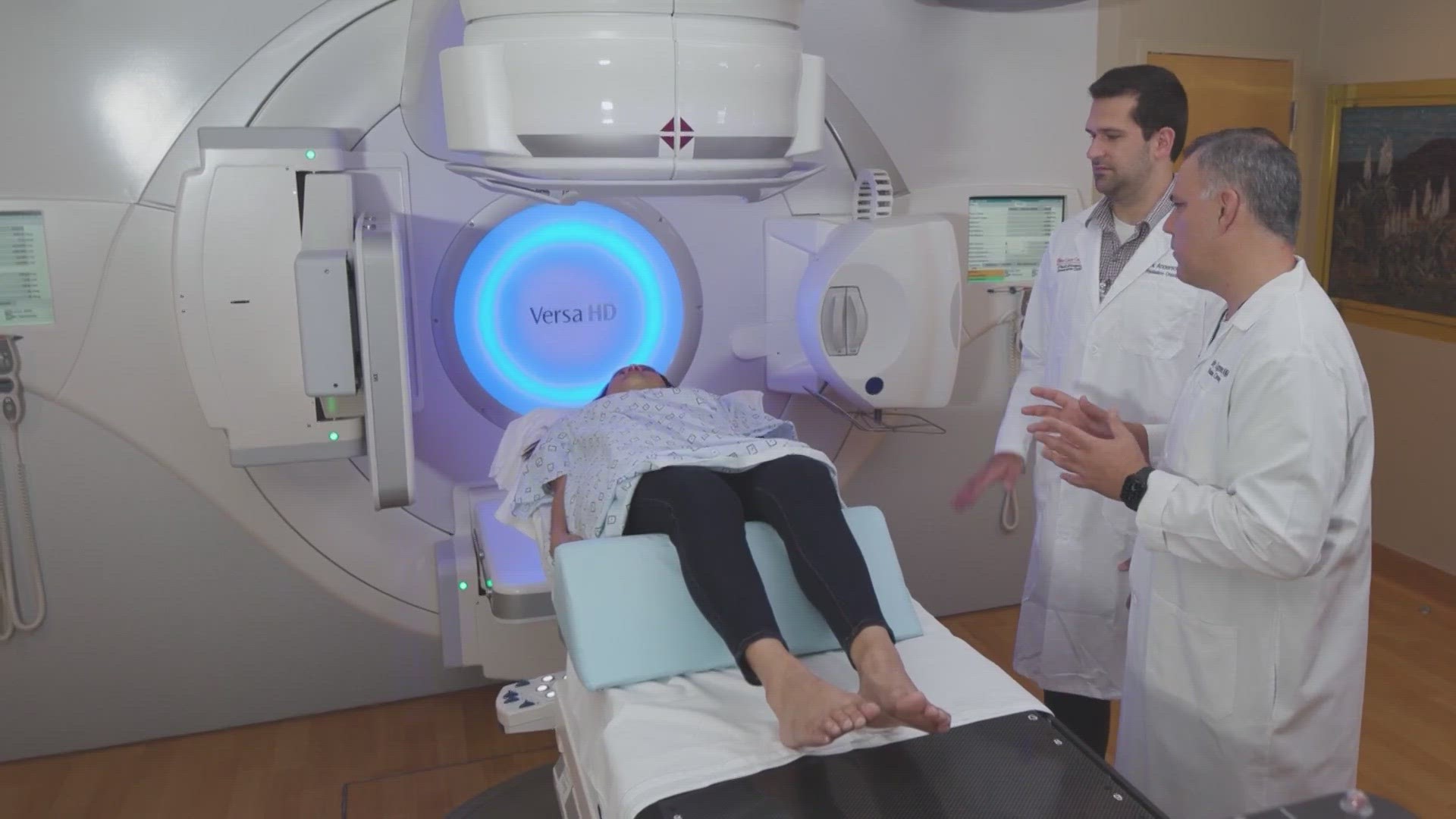SAN ANTONIO — Breast cancer is the most common cancer in women in the United States after skin cancer. New recommendations on getting screened earlier in life has many in the field hoping to save more lives.
The CDC says deaths from breast cancer have declined over time, but the disease still remains the leading cause of cancer death among Hispanic women.
Dr. Virginia Kaklamani, a Breast Medical Oncologist at UT Health San Antonio's MD Anderson Cancer Center told us, "For Hispanics, the concern is that they don't have screening mammography as much as they should. And therefore, we end up diagnosing it when it's at a later stage."
She also says these guidelines apply to women who are not at a high risk for breast cancer. Dr. Kaklamani added, "These guidelines are appropriate for women that have a normal risk of developing breast cancer."
The U.S. Preventative Task Force Recommendations says women should begin receiving mammograms at age 40 rather than age 50. Compared to the current biennial mammogram recommendations for women ages 50 to 74. This could prevent 1.3 additional breast cancer deaths per 1,000 women, and could result in 19% more lives being saved.
Dr. Kaklamani said, "The reason this changed is because there's some data suggesting that younger and younger women are developing breast cancer, and it's showing that the data shows that there's up to a 40% decrease in mortality by doing mammograms starting at the age of 40 instead of 50."
The American Cancer Society recommends annual screenings start at age 45. To some that could be confusing.
So which do you follow?
Dr. Kaklamani told us, "Depending on on what a woman's risk is of developing breast cancer, depending on what her comfort level is as far as having mammograms every year or two years, those are the things that they need to discuss with their physician and come up with a plan as far as what their screening is going to look like."
UT Health San Antonio can be contacted at (210) 450-1000 or visit this link.

